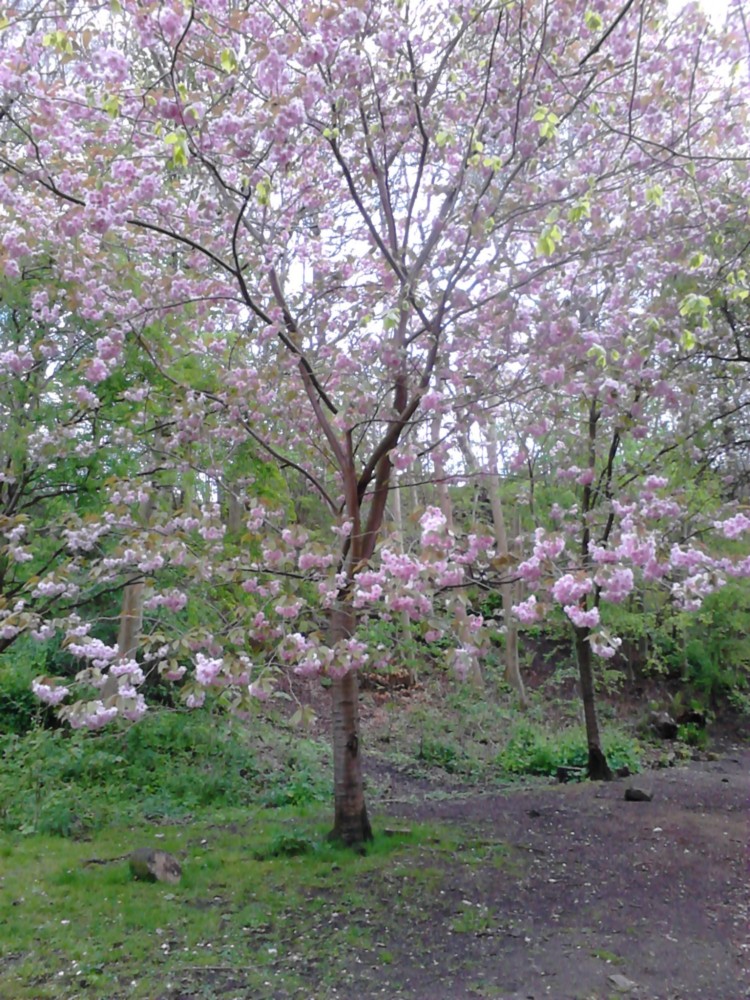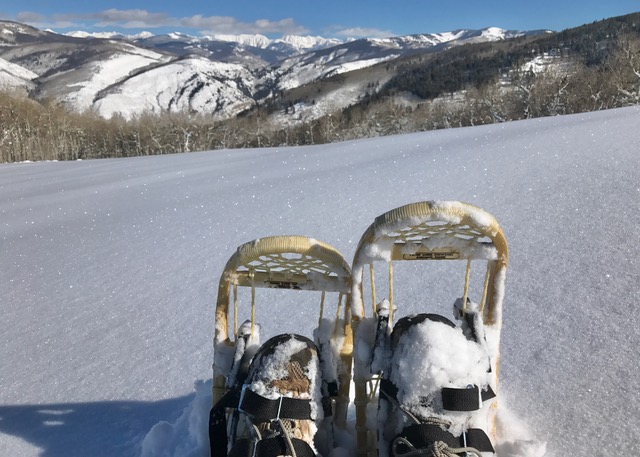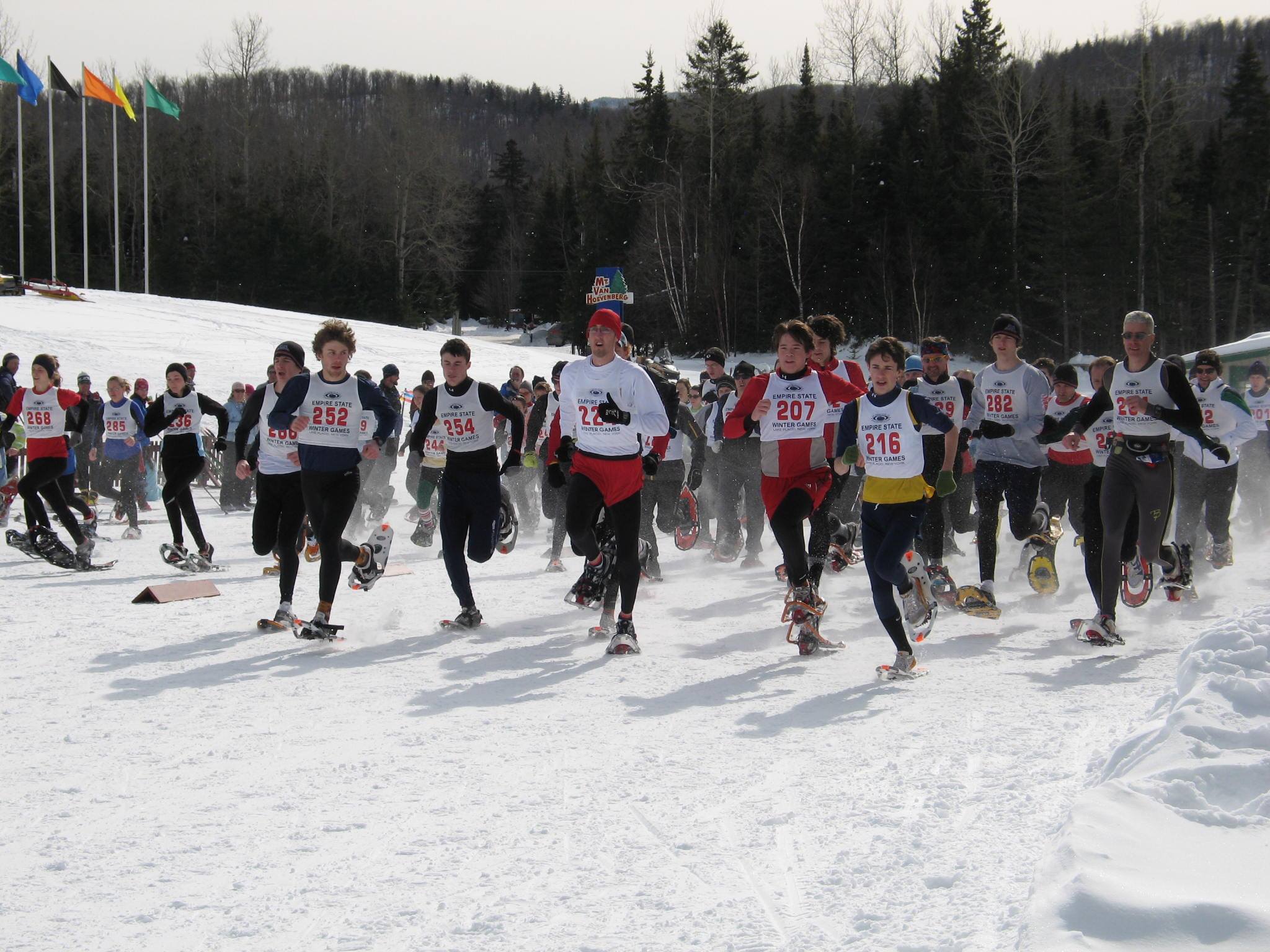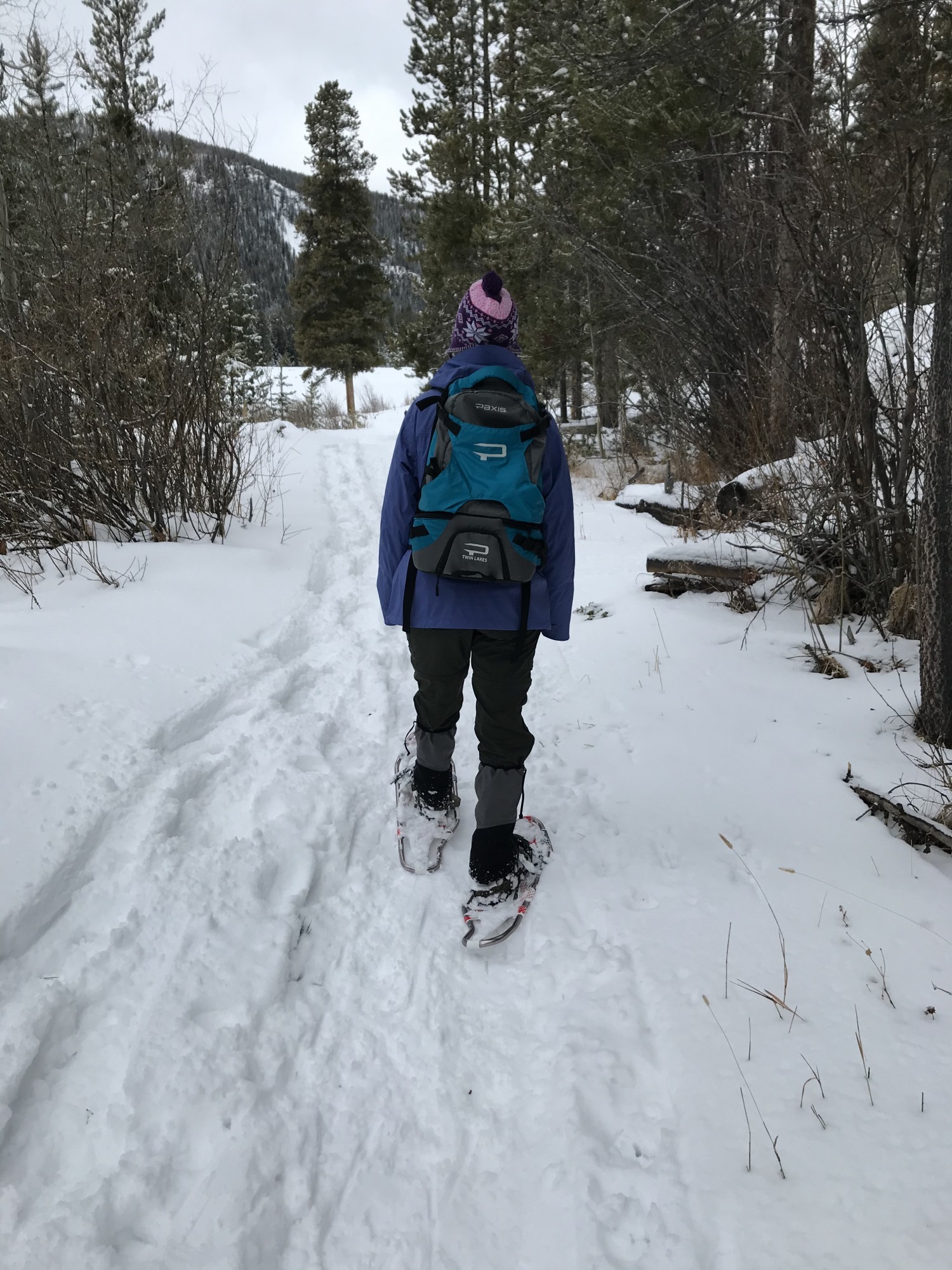I like to think that the wilderness expands dramatically in the winter, if you think that a big component of wilderness is a place where humans rarely go or are infrequent visitors. This is particularly true in areas not normally considered wild because of their proximity to urban development.
Much of this has to do with cold and snow cover. Most people restrict their outdoor activities because of the cold. They also restrict the places that they frequent when a decent layer of snow covers the ground.
Thus, places like grassy athletic fields, public parks, beaches, bike paths or other areas near or in cities that may be normally teeming with activity in the summer can go for long stretches during the winter with nary a visit from a human. This is great if you like solitude and are a snowshoer. You may not have to go very far to find a quiet place to take a stroll and enjoy little bits of nature that might be overlooked or absent with other people around.
The seclusion and isolation of this expanding wilderness also can create problems. If you should fall or become injured snowshoeing, you cannot depend on others coming along soon to help you in some urban winter wilderness situations. Your cries for help may never be heard, as most people will not be outside much, will have their car windows rolled up, and may never suspect that anyone could even be out there in the snow. You could get in serious trouble while still being able to see the activity of thousands of people. You need to be prepared to survive or evacuate yourself at all times in the winter.
The seclusion of winter wilderness can also expose you to isolated situations where you might be vulnerable to harm by other humans (gangs, muggers, etc.). While it’s only a remote possibility that these types would be out “looking for trouble” or “victims” in a place few people visit, the chance exists. Do not let your guard down by thinking that no one else visits these places or that the usual crowds of summer will discourage undesirable attacks.
Make sure you minimize your impact on what may be fragile winter wilderness areas. You may have access to places where wildlife lives undisturbed for most of the year, and your presence might disrupt their habitat. Be sure that if you venture into an area that can be damaged by your footprints (flower beds, sensitive vegetation, etc.) that the snow is deep enough to prevent this.
Finally, be aware that the trail you make in the snow into an urban wilderness may ultimately destroy it. Stray dogs, humans, pets and others may suddenly have easy access to a sanctuary after your tracks set up. One visit to a place may create a trail into it that others will probably follow. This may be acceptable while there is adequate snow on the ground, but after it melts your route may not be an appropriate place to walk.
Wilderness is an area where humans only visit, and a responsible snowshoers need to plan their actions to minimize impact and maximize safety.





